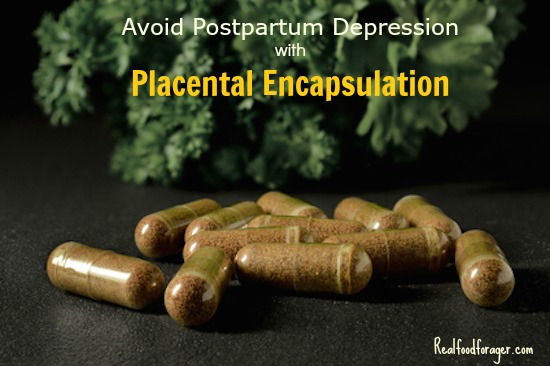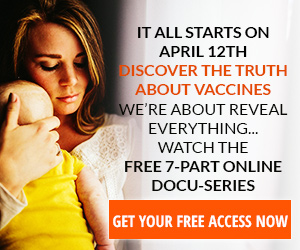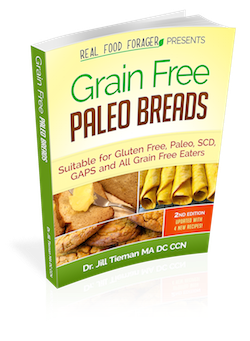In ancient cultures of the world, the placenta has been venerated as a magical or spiritual organ that helps to form the deep bond between mother and child. Indeed, the placenta anchors the baby to the mother via the lifeline of the umbilical cord – the placenta is the root from which nourishment pours.
The placental has traditionally been placed in the earth with a tree planted over it, cooked or eaten as part of a ceremony of blessing for a healthy baby. The placenta that has nourished the developing baby is loaded with critical hormones, growth factors and minerals that should not be wasted.
This may sound strange but humans are amongst just a few land mammals that do not consume the placenta after birth. Most land mammals instinctively do this for a reason.
A good reason.
The practice of consuming the placenta after birth is known as placentophagia. It serves as a way of replacing many of the hormones and minerals that are made available to the baby in the womb, from the mother.
The placenta is often called the after-birth because after the baby is born, it detaches from the mother’s uterus and follows the baby out of the birth canal. Our modern western medicine practices usually dispose of the placenta via incineration.
When I was in my child bearing years I had never heard of the practice of placental encapsulation – or eating one’s own placenta. I think I might have passed out just from the idea… I know my husband would have for sure.
However, times have changed and once the baby is born, this incredible mass of nutrients can be used to nourish the mother who may be in a depleted state from the pregnancy. I certainly could have used that extra boost after giving birth!
Sadly, today our young mothers are certainly depleted as most young women already have heath issues due to our modern foods and lifestyle. For our young mothers today it becomes more critical to get proper nutrition and replacement of lost hormones and minerals.
After a Birth – Hormones Rule
Problems that may arise after birth, such as postpartum depression, poor milk supply, fatigue and stress are all hormone related. Supplying the mother with a natural form of hormones from her own body makes sense.
Once you get over the ick factor, it starts to make a lot of sense, so much so, that some new moms are now asking for placental encapsulation.
What Nutrients Does the Placental Contain?
The placenta is chock full of many crucial nutrients:
There are critical hormones and endorphins that control mood, milk, stress and inflammation. There are minerals such as iron present which can aid in fatigue and help a new mom recover from anemia.
- There are vitamins such as vitamins A, D, E, K, C, B6 and B complex.
- Prolactin is present and will help to increase milk supply.
- Oxytocin is present and will help with stress and helps bring the milk down.
- Corticotropin Releasing Hormone reduces stress. This hormone falls dramatically after birth and may be one reason for postpartum depression. However, it is still in rich supply within the placenta.
- Urokinase Inhibiting Factor & Factor XIII – stop bleeding and promote healing.
- Other hormones in the placenta include thyroid hormones, estrogen and progesterone.
- There are other natural opioid and endorphin stimulating factors in the placenta that help relieve pain and inflammation.
Clearly, it is an organ that is full of deeply nourishing compounds – and just when the mother is in need of them, they are typically removed.
What are the Benefits of Placental Encapsulation?
You can read about the various studies on the placenta here, some from way back in 1918 all the way up to the present. Additionally there is plenty of anecdotal evidence that the benefits are real.
Women report:
- Improved mood and less depression, especially if they had postpartum depression after one child and not after the one where the placenta was used
- Increased milk supply again, comparing one birth experience with another
- Faster healing from the birth and reduced blood loss, anemia and fatigue
- Higher energy and healthier skin, hair and nails
What is Placental Encapsulation?
Placental encapsulation is performed by a placenta encapsulation professional (usually a midwife or doula). These professionals have special training and equipment and know how to follow the OSHA safety guidelines for exposure to bloodborne pathogens.
Typically they retrieve the placenta from the birthing place and process it in their own workplace or even in your home. They use their specially reserved equipment to dry and encapsulate the placenta.
There are two main methods for encapsulation. The first is the raw method – simply put, the placenta is not heated any higher than 118ºF as it is dehydrated. This method provides a more potent supplement , using just a few capsules each day, due to its potency. These will need to be in the freezer and they will expire after one year. The specialist you use to prepare the capsules will tell you how to use them.
The second method is following the Traditional Chinese Medicine Method of steaming the placenta with ginger, lemon and other herbs before dehydrating and grinding down into a powder form. This process creates a supplement that may be stored in the refrigerator for much longer periods of time, but is less potent. However, here again, it is advised to use the capsules judiciously, taking the advice of the specialist you use to prepare the capsules.
There is actually a third method and that is really raw – that is eating the placenta as an organ meat perhaps in a smoothie. For me, that is a hard one to get around and you have to use it rather quickly as it is not preserved in any way. This goes along with arranging ahead of time to keep your own placenta from your birthing place and preparing it at home.
It is a personal choice as to which method works best for you. You can also make your own capsules at home if you so choose.
Have you ever heard about placental encapsulation? Would you choose to do it? Leave a comment and let me know!
As always, do not attempt this at home without proper instructions from qualified professionals. Always speak to your health care provider before making any changes to diet or lifestyle. See more of my disclaimer here.











